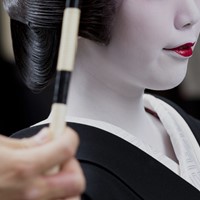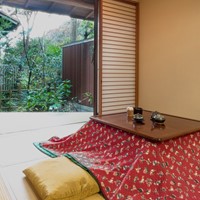A Guide to Tatami and Tatami Mats
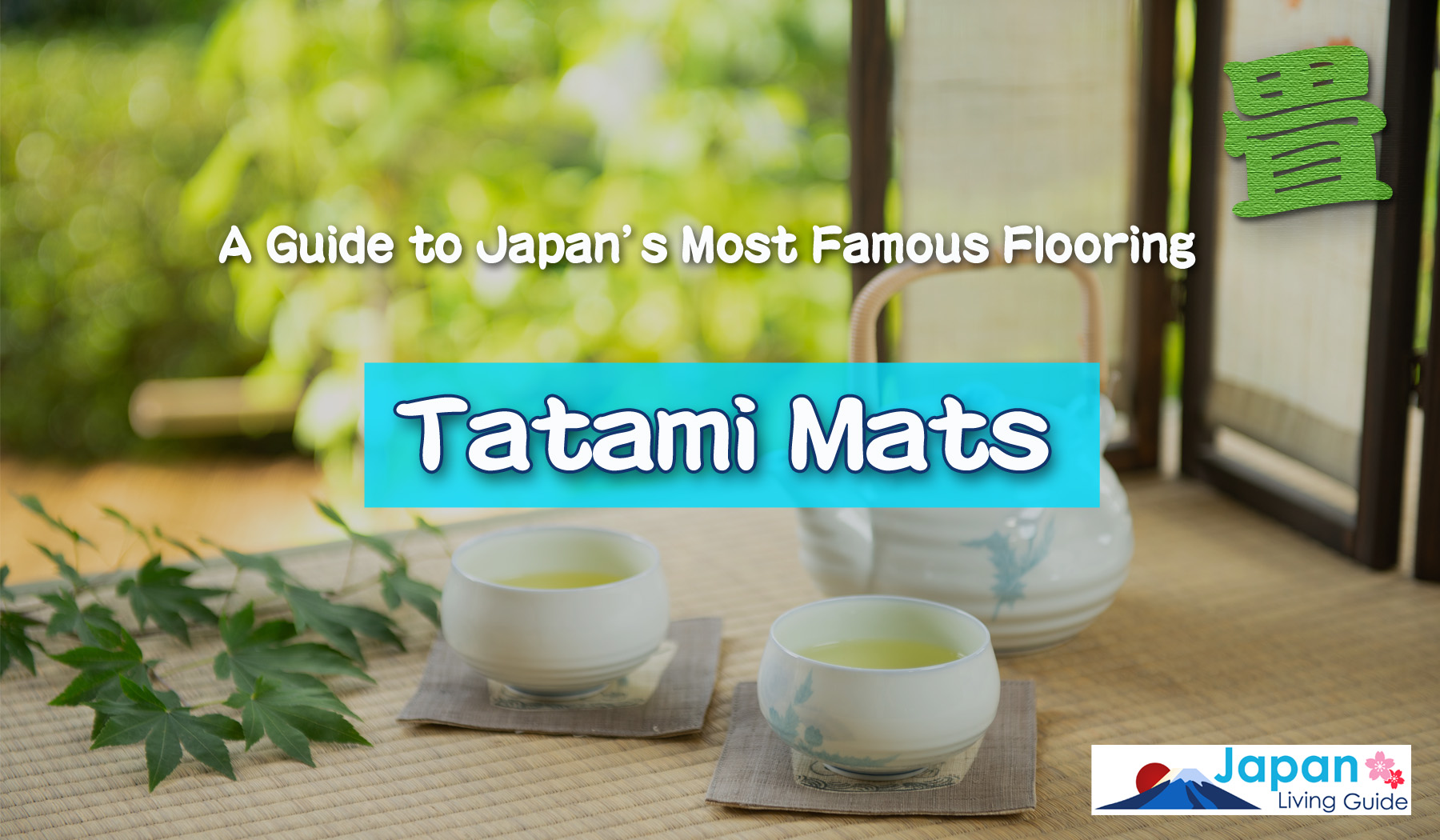
This page contains affiliate links.
Tatami mats have long been an important part of Japanese culture, design, and even sports. The woven rush grass of tatami mats creates a welcoming, relaxing environment that anyone can enjoy. In this guide, we will discuss the history, uses, and care of tatami mats in modern Japan.
If you would like to learn more about Japanese culture, be sure to check these articles which cover kabuki theatre, the art of Japanese flower arranging known as ikebana, traditional Japanese drums wadaiko, Japanese tea ceremony, bonsai, and more. In the article "History of Tokyo", you will learn history of the city from its beginning as a small village to the the present day.
What is Tatami?
Tatami is a type of flooring that is common in Japan. To keep the tatami mat firm, rush grass (IGUSA) was traditionally woven around a rice straw core. However, rice straw cores are increasingly being replaced with more modern materials such as wood chips or polystyrene foam. Tatami mats have a strong greenish tinge and a grassy scent when they are first made, and both the color and scent fade over time. To keep the edges neat, the mats are usually edged with a fabric border.
The History of Tatami Mats
Tatami mats have been around since the 8th century, at least during the Nara period. Originally, they were only used for sleeping by nobility and upper-class citizens. Tatami mats began to be used as flooring to cover entire rooms around the 16th century, rather than just for sleeping or sitting.
They were still primarily for the upper classes at the time, and Japanese architecture was evolving into the style that we now associate with traditional Japanese homes. By the 17th century, tatami mats were widely used at all levels of society, and it became the norm for most houses to have tatami mat floors.
Their popularity has declined in recent years, owing primarily to the difficulty in cleaning the grass material, as well as the need to replace them on a regular basis. However, having at least one room with a tatami mat floor is still very common in Japanese houses.
The Size of Tatami Mats
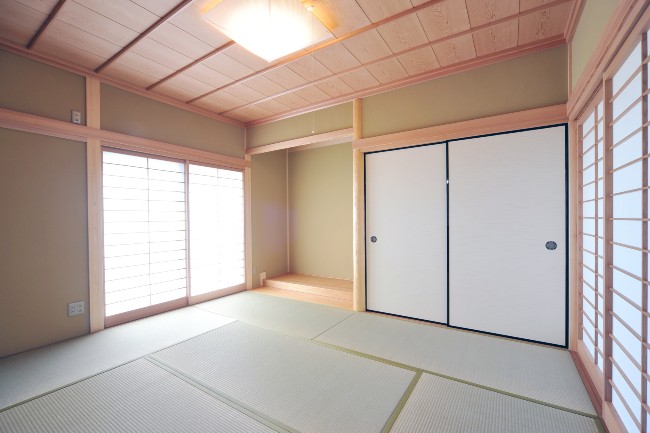
Because tatami mats were widely used as the preferred flooring throughout Japanese history, they became the standard unit for measuring room size. Instead of meters or feet, “jo” (畳) is used to calculate room size by referring to the number of tatami mats that will fit in a room. This measurement system is commonly used by realtors and architects, including in rooms where tatami flooring is not intended.
For example, a 4.5 jo room can accommodate 4.5 tatami mats. In order to perfectly fit a room, both full-size and half-size mats are commonly used. Tatami mat sizes, on the other hand, are not standardized across the country and vary by region.
A full-size tatami mat in Tokyo is typically 0.88 x 1.76 meters, while a full-size tatami mat in Kyoto is 0.95 x 1.91 meters. The majority of mats are 5 or 6 centimeters thick.
Tatami Mats for Martial Arts
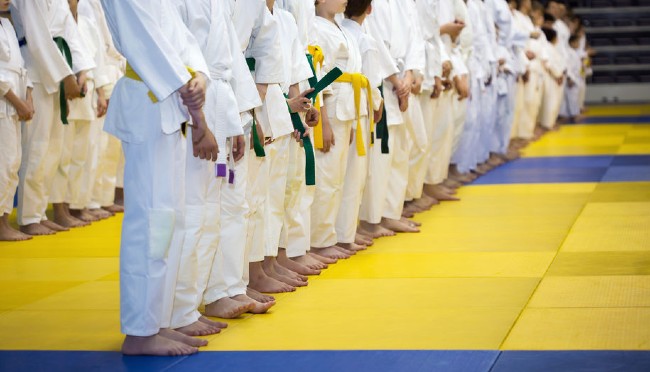
Tatami mats are well-known for their use as flooring for Japanese martial arts. Normal tatami mats have traditionally been used for their firm yet yielding quality, as well as their ability to withstand impact. Tatami is used in karate, judo, and aikido, and stepping onto the tatami mat is considered a sacred entry into the martial arts zone.
Tatami mats used for martial arts in modern times are typically made of a thick foam similar to that used for gymnastics. It is designed to imitate the texture and properties of tatami mats while being more durable and flexible. In the martial arts world, these foam mats are still referred to as tatami and are treated with the same reverence as real tatami mats.
Tatami in the Modern Age Japan
With Japan's Westernization, it has become increasingly common for Japanese houses to have a Western layout and design. This frequently includes wooden floors. However, at least one room should have tatami mat flooring, which creates a comfortable fusion of traditional and modern, Japanese and Western, allowing one to enjoy the benefits of both. This type of room is known as washitsu, or "Japanese-style room."
Having some tatami mat flooring is a great option because it creates a calming environment in the home, is comfortable for sitting or sleeping on, and is a safe, soft floor for children to play on. Nowadays, you can buy tatami mat flooring that is designed to be installed over hardwood floors, making it simple to transform any room into a tatami mat room.
Tatami Mat Care and Maintenance
Tatami mats require different maintenance than hardwood or carpeted floors. They typically have a lifespan of 5 to 6 years. The color will fade to a yellowish brown over time. When the mats start to show signs of wear, it's time to replace them, or in some cases, flip them over.
The rush grass material is prone to picking up and absorbing dirt, liquids, and other particles, so it is critical to clean the mats on a regular basis. They are also sensitive to humidity and will begin to grow mold if left in a humid environment for an extended period of time without being cleaned.
Cleaning a tatami mat entails using a vacuum with a tatami attachment or a tatami-specific mop. Manual cleaning with a dry cloth is also a good way to keep them in good shape.
To avoid damage, cleaning must always be done in the direction of the rush grass and never against the grain. Also, because tatami mats are easily damaged, it is critical to never wear shoes on them and to ensure that furniture legs are suitable for tatami flooring, preferably with a wide, flat bottom that can better displace the weight of the furniture.
Make Japanese Culture a Part of Your Everyday Life
Anyone visiting or living in Japan will become familiar with tatami mat flooring very quickly. It is well-liked for its calming scent, natural texture, and cozy feel. Tatami mats have remained an important part of Japanese culture, from their origins as a sleeping area for nobility to their use in martial arts and their widespread use today in homes, tea rooms, restaurants, ryokans, and other establishments. Restaurant guides and hotel booking websites can help you find a nice eating establishment or a cozy ryokan with tatami mats in Japan.

